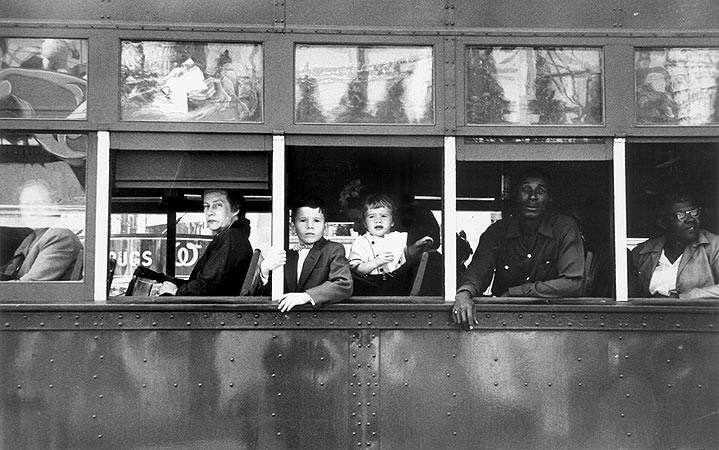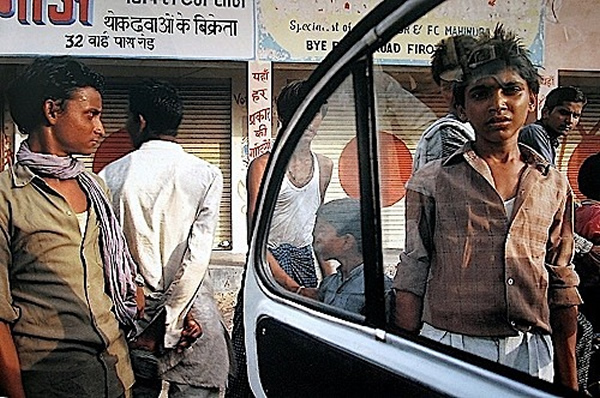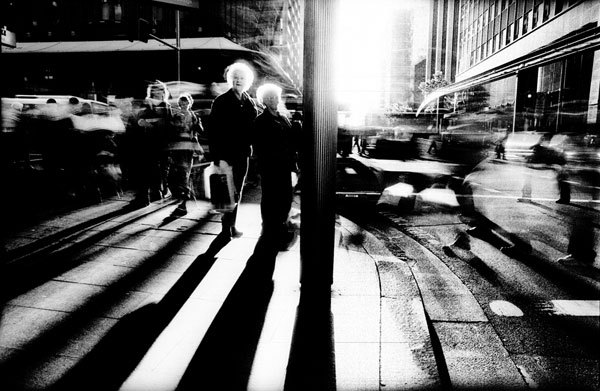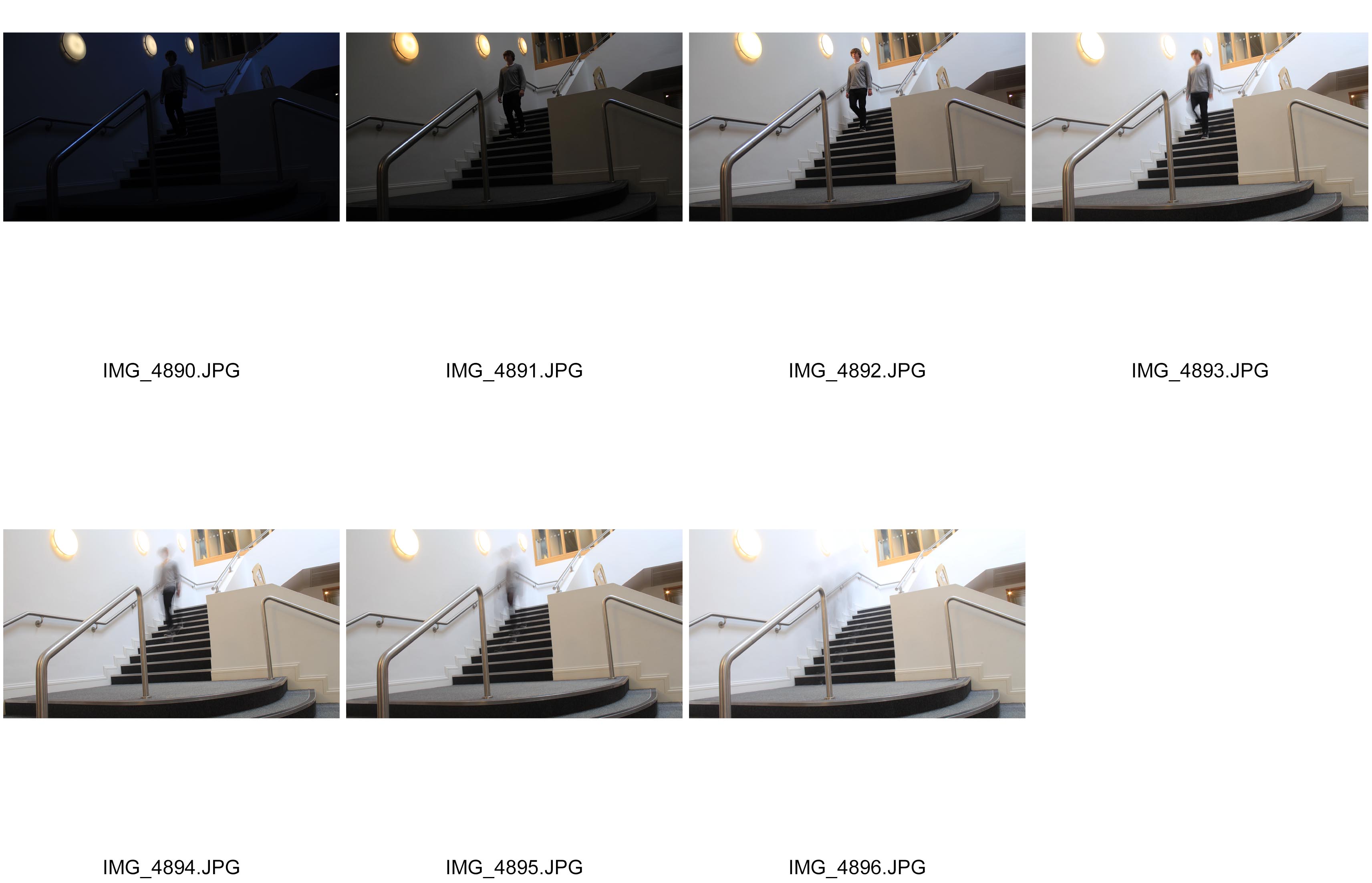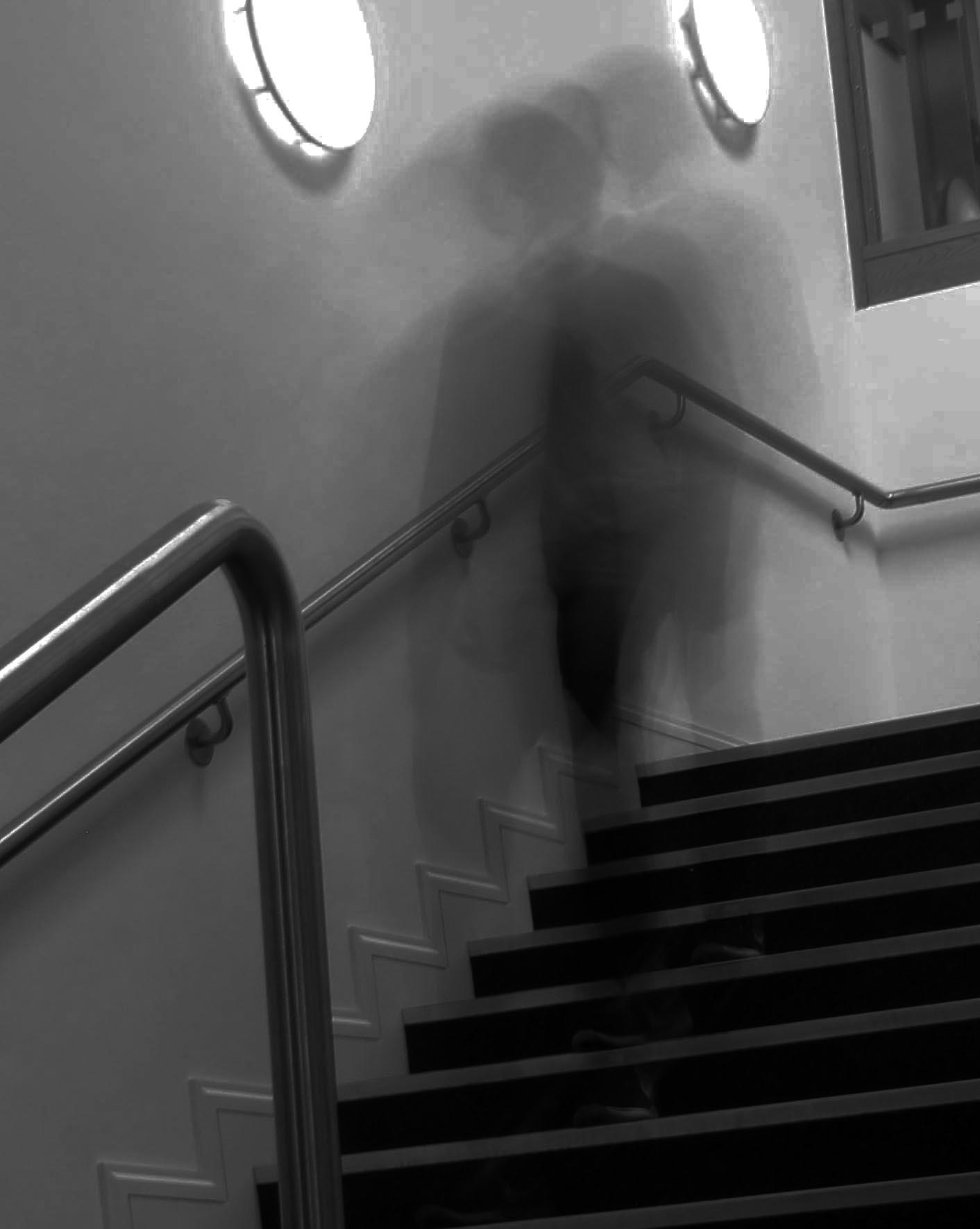Definition) “Street photography is photography conducted for art or enquiry that features unmediated chance encounters and random incidents[1] within public places. Street photography does not necessitate the presence of a street or even the urban environment. Though people usually feature directly, street photography might be absent of people and can be of an object or environment where the image projects a decidedly human character in facsimile or aesthetic.”
Robert Frank – An American photographer born in 1924. He turned to photography leaving his business oriented family. He started out taking photographs in Peru and returned to the US in 1950. Frank scored a Guggenheim fellowship to tour the US in 1950. Here he focused on class and racial issues that affected the US.

The composition of this photograph is interesting in this photograph because a woman is surrounded by the various parts of a kitchen that surrounds her. By doing this, it reflects the chaos and busyness of street photography but also the hostility in the sense that there is so much in the urban setting but people often look quite depressed in these settings. This therefore creates a mood of discomfort to the viewer. This photograph is slightly overexposed through the use of the artificial lighting. This reinforces the idea of hostility in the sense the “man made” light almost tries to produce a sense of happiness to the photograph. However the photograph the fact it is overexposed is quite striking and again makes us understand how this happiness is hollow and fake. To enhance this, I like how the contrast has been increased to separate the dark and light tones. Also, the depth of where the girl is standing is of particular interest to me in the sense of how and where she is positioned. The fact she is quite far away and she has her serving counter in front of her suggests a nervousness about the way she is responding with the camera. It appears that she will only interact with us fully is if we are purchasing something. This emphasizes the hostile setting in the sense that the woman appears quite money driven and how she only wants to make money.
William Eggleston – An American Photographer born in 1939. He was inspired by Robert Frank. and Henri Carter Bresson. Experimenting with color in 1965/6 after black and white. Between 1973/4 he discovered dye – transfer printing. He has published several books describing his experiments with photography.

I like this photograph of it’s dark connotations but also how the kid is quite contrasting in terms of his surroundings. The mid ground of black car and road through the composition is interesting because they are both presented as quite dark. For example: the dark hue of the car’s paint an the grey color of the road which is complimented by the puddles displays the setting as quite negative. The fact the passengers in the car are positioned so we can’t see their faces also suggests a sense of lostness and negativity. The background is quite dark in the sense the grey clouds overlooking the land, supports the idea that we aren’t in a happy place. Interestingly, the high exposure of the light coming from the sky contrasts this as a sense of happiness is displayed. I like this because the fact it is pointing at the boy displays a sense of innocence but also it foreshadows how clearly the kid has an innocence that he wants to use to help change the negativity of the setting to being quite positive. This is further re-enforced by the fact the kid is wearing a colorful, stripy jumper which is a bit abstract. This shows a sense of rebelliousness from the rest of the photograph which shows that color and happiness can change a dark and negative situation. I like how the photographer emphasizes this by placing the boy in the middle third of the lens to allow us to focus on him and his character.

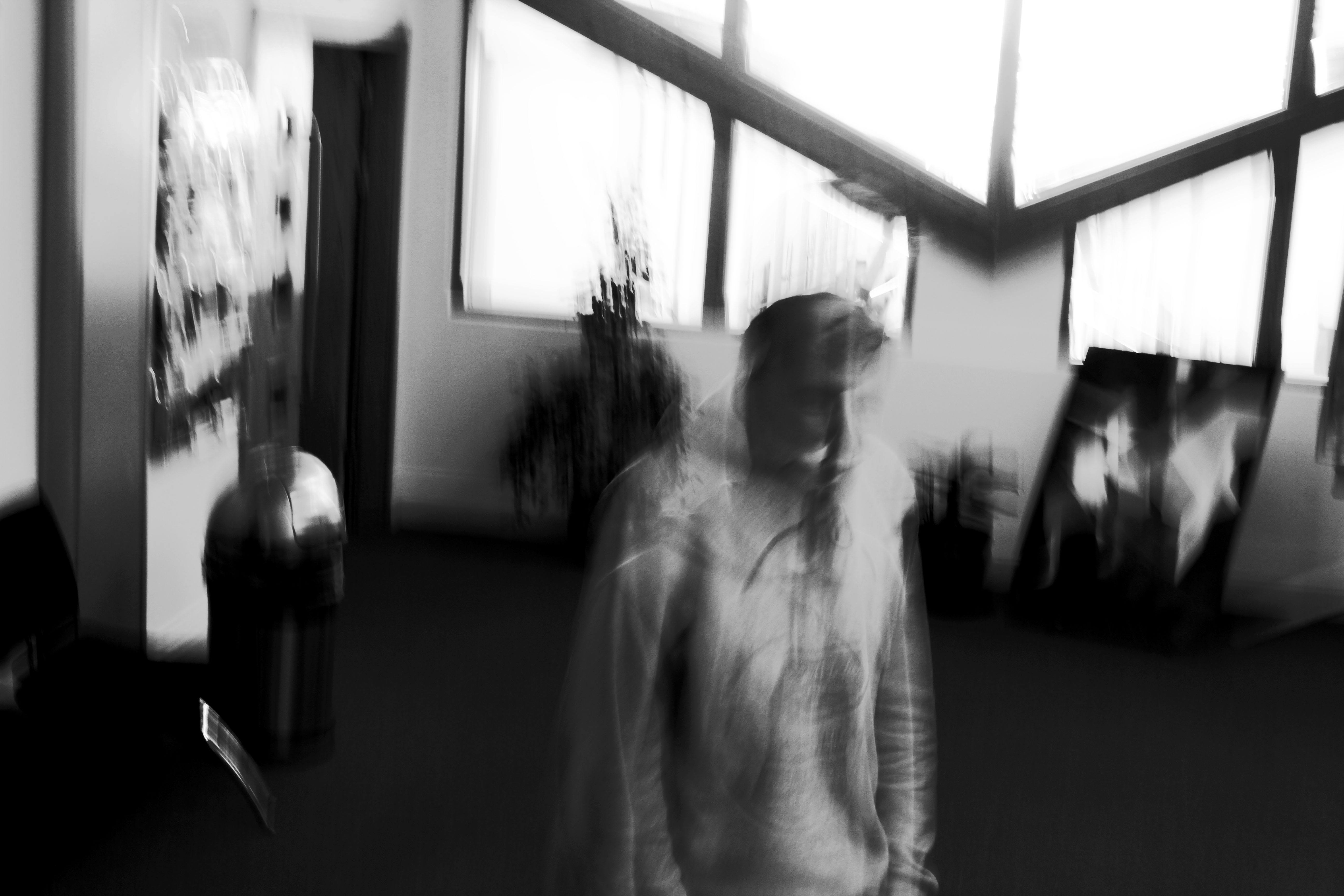
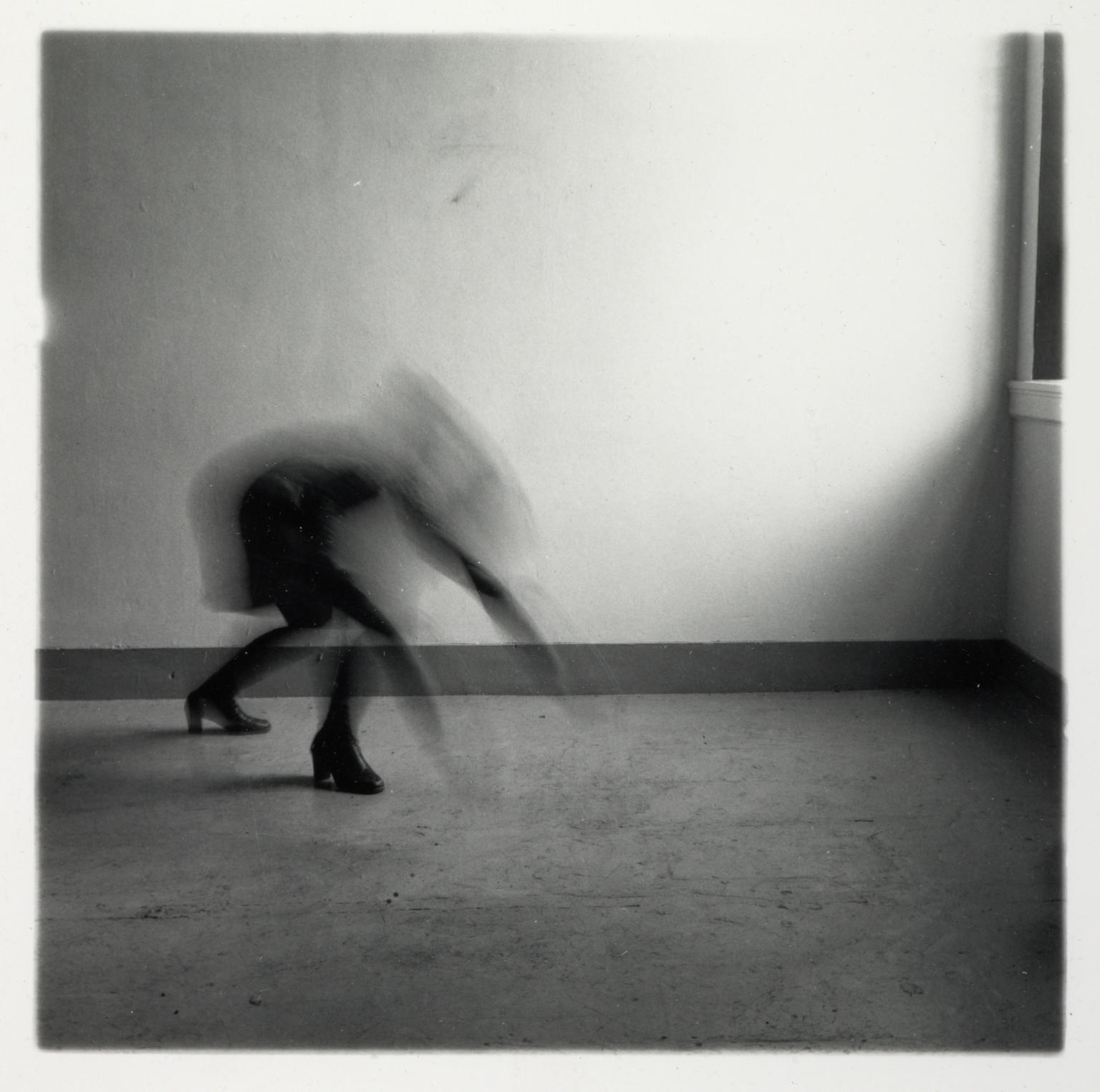



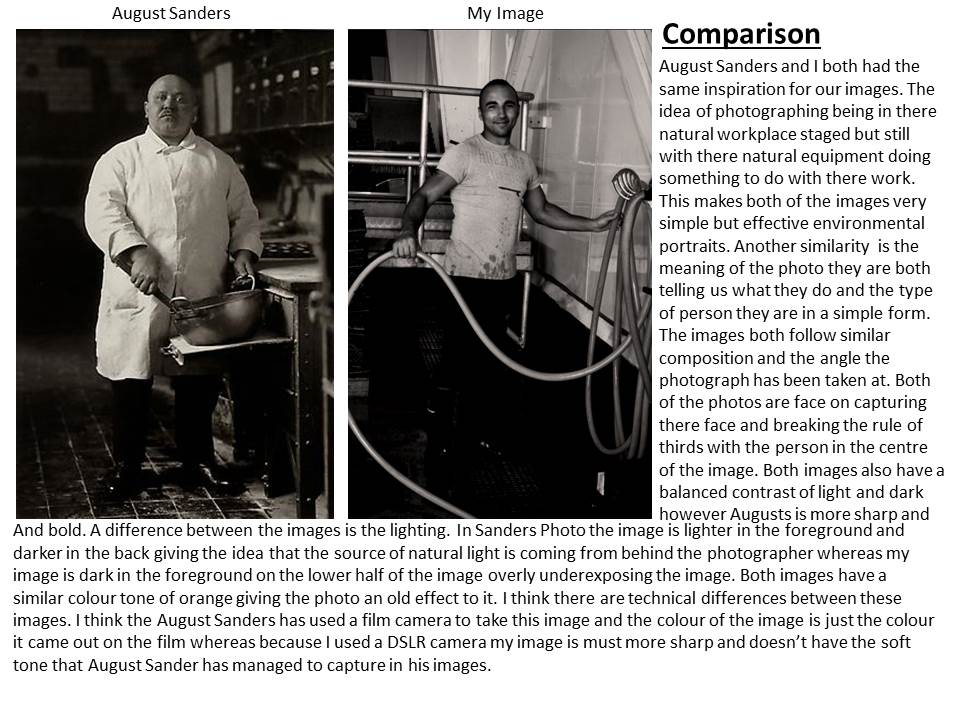
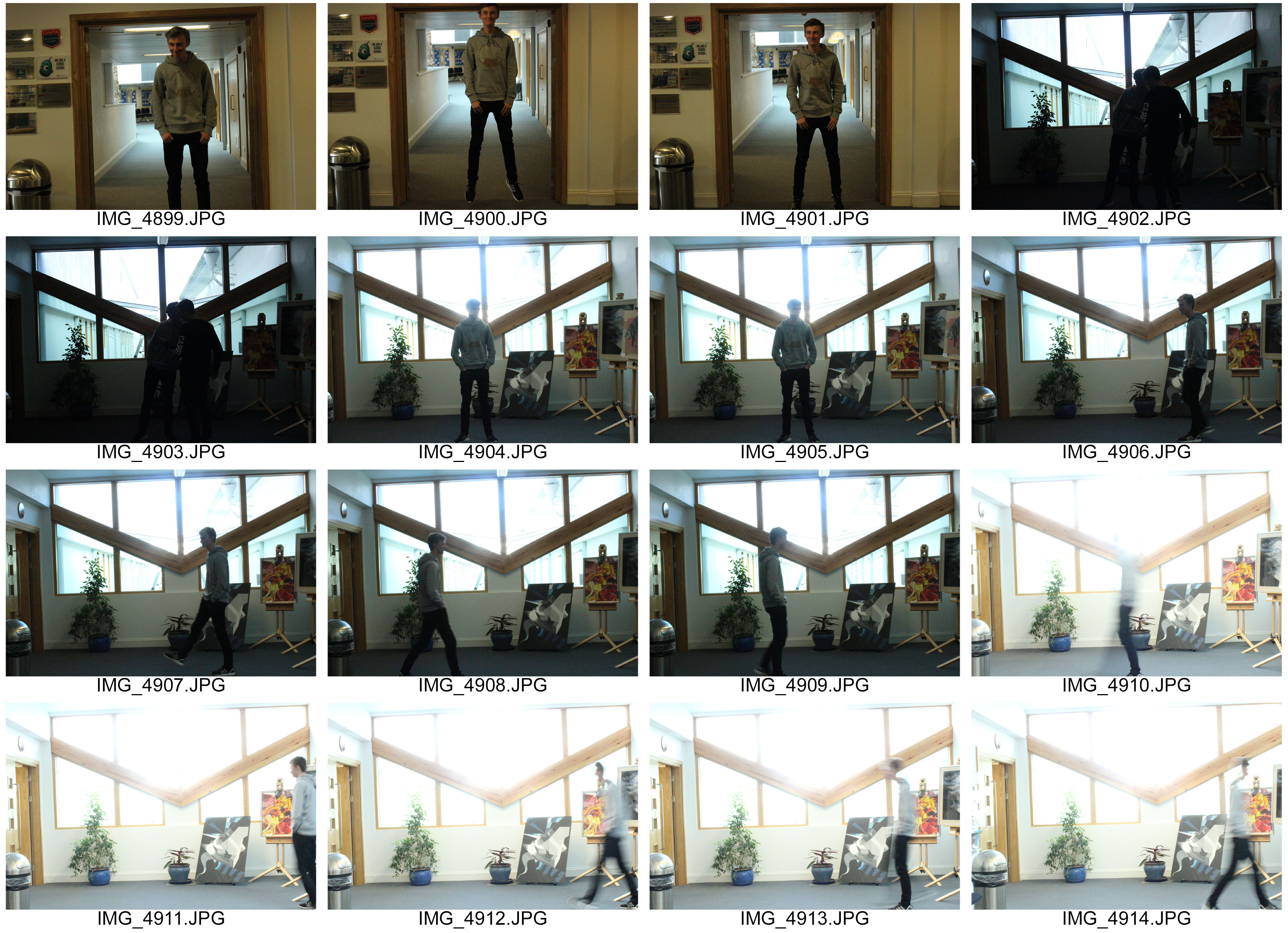



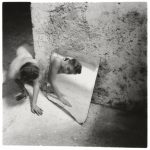
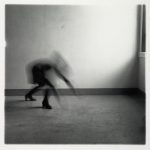


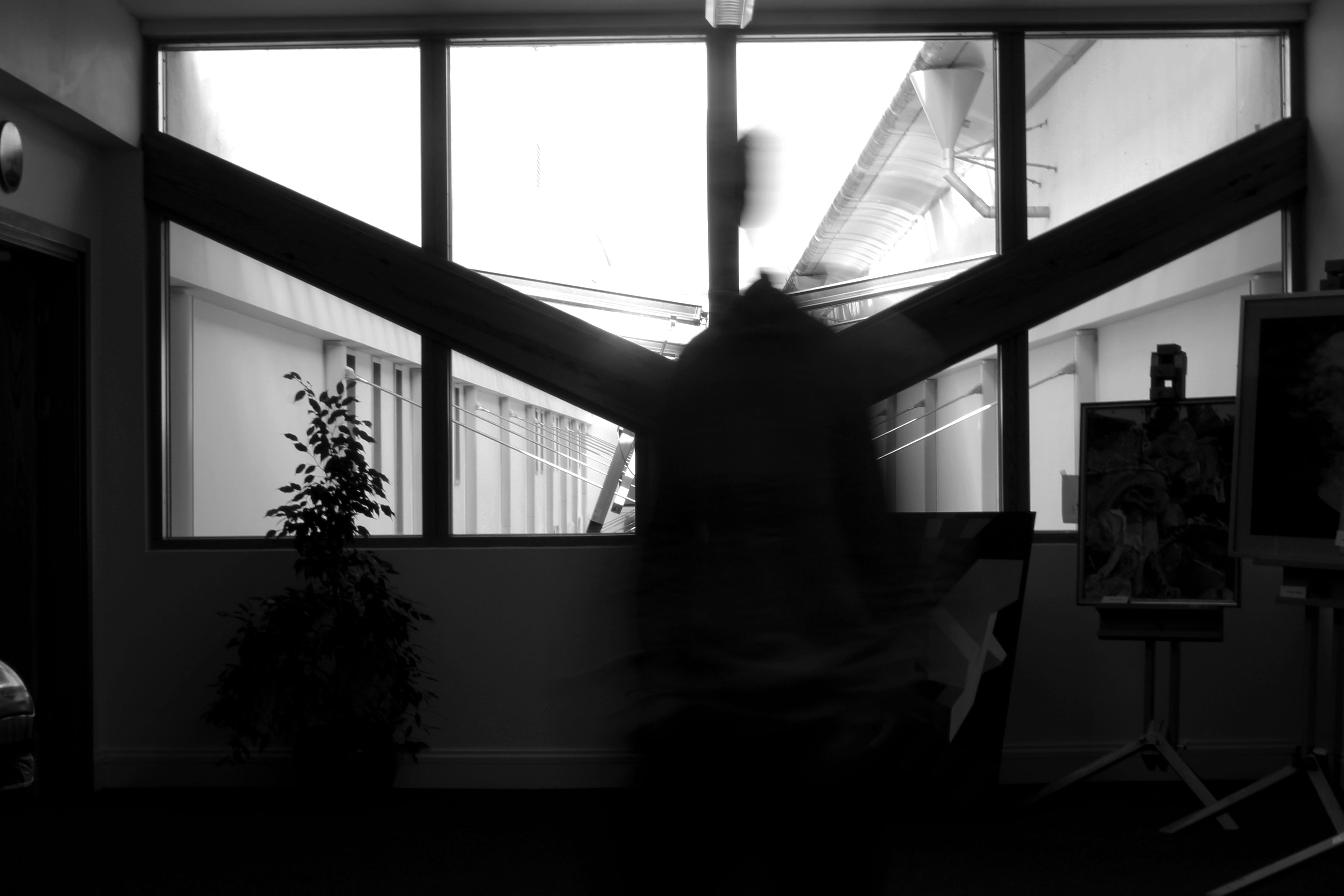
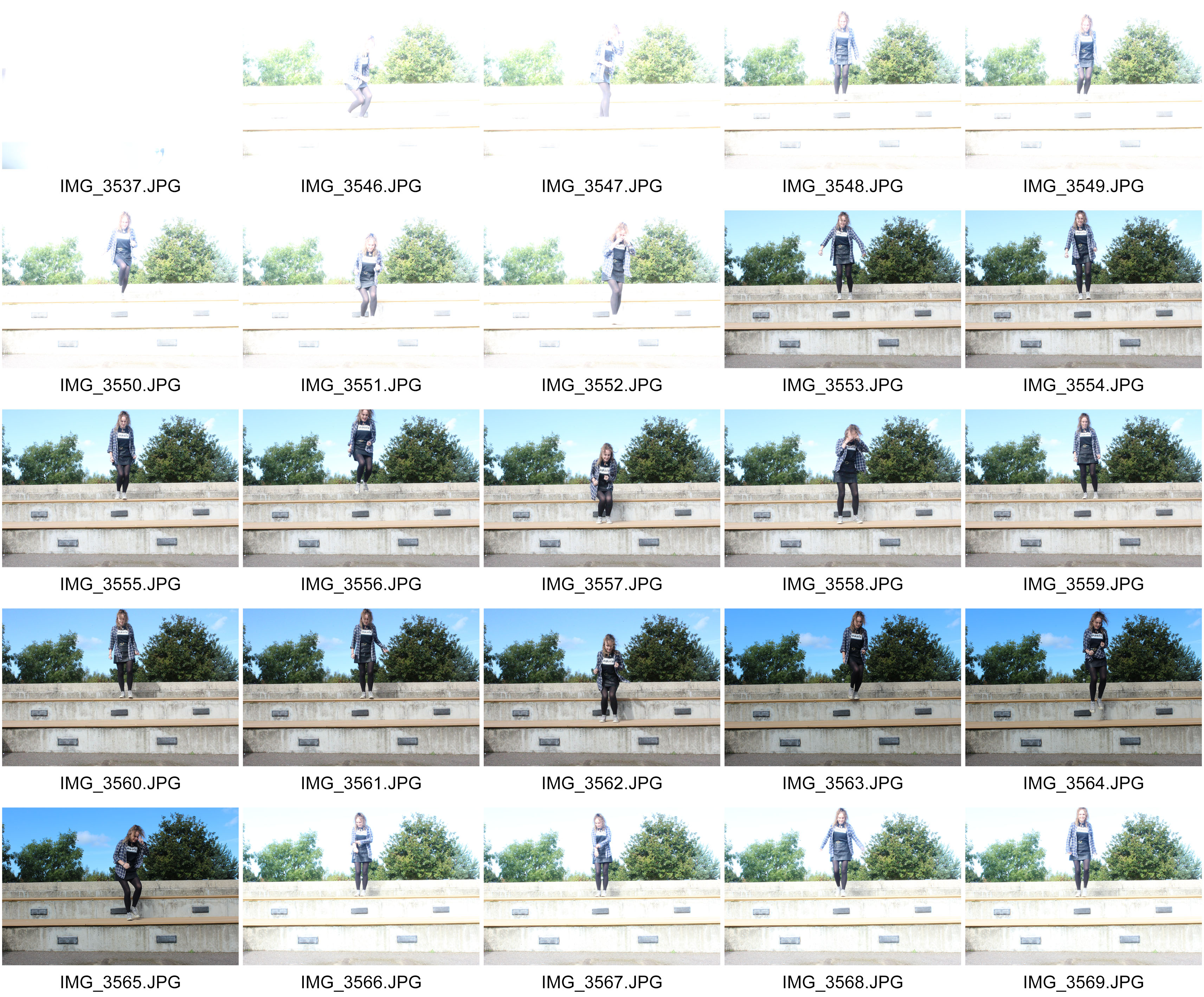
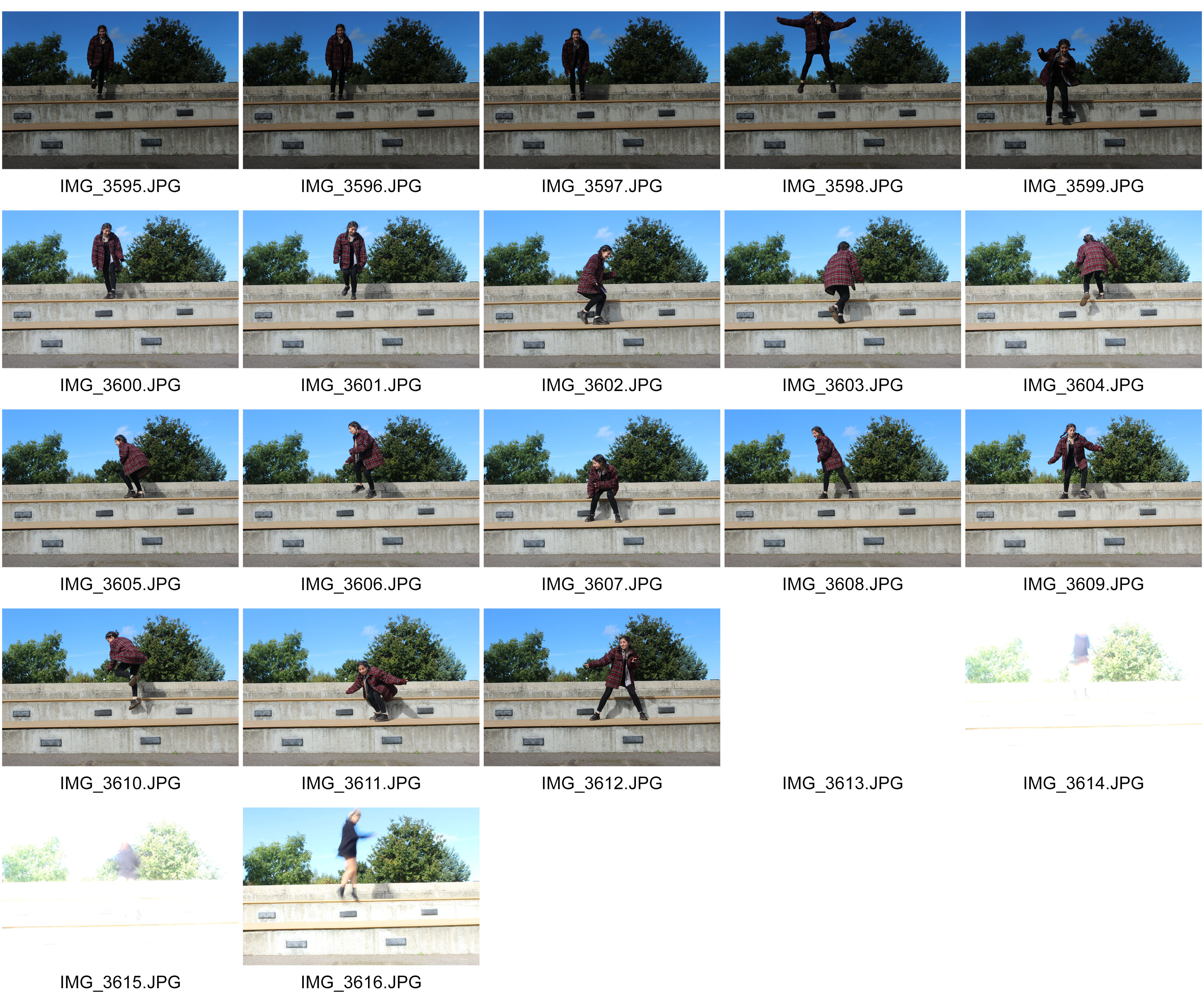



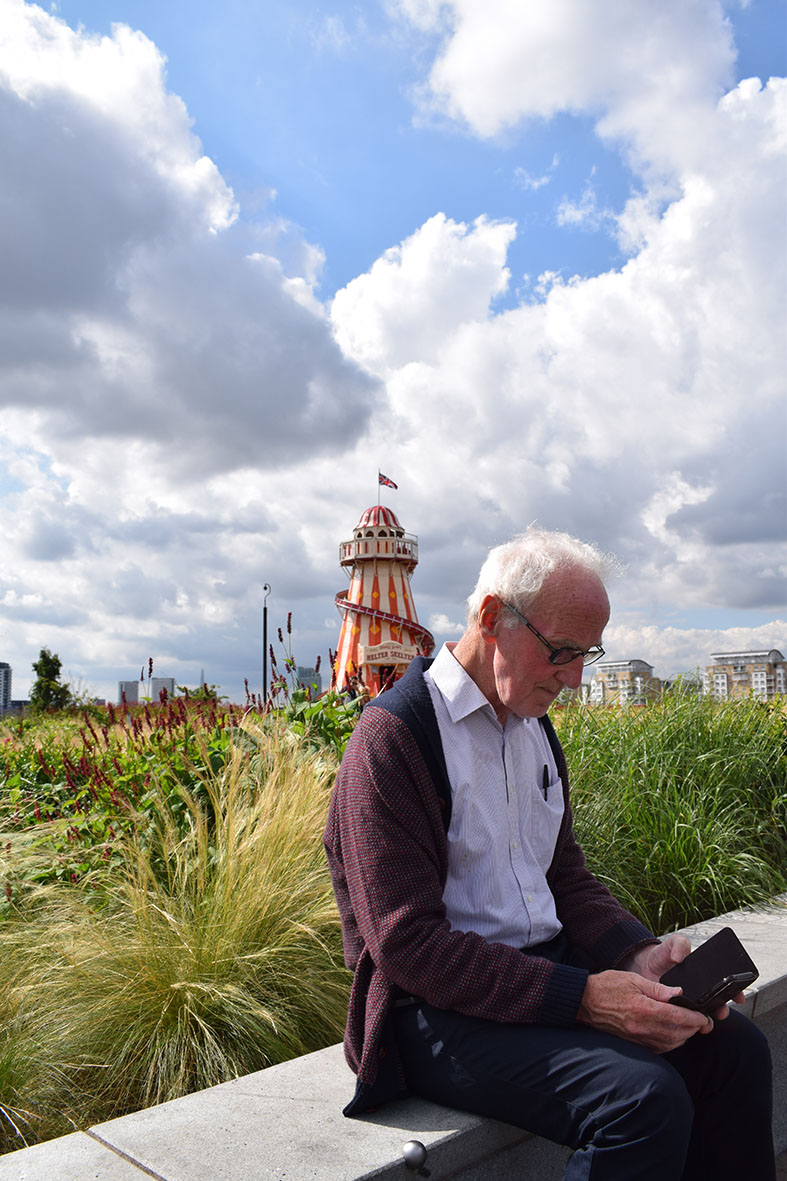
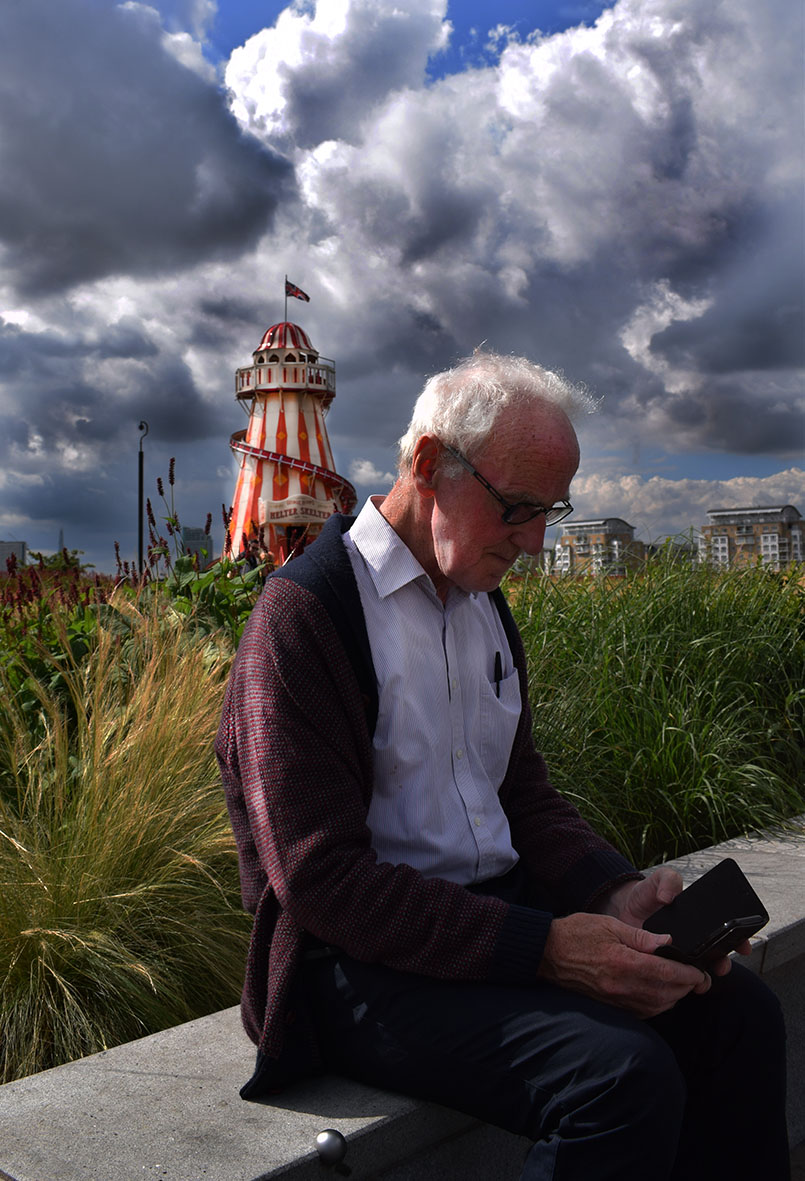
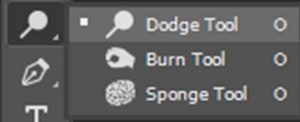 So I used the burn tool to bring out the darkest parts of the clouds. However, the Helter Skelter looked very dark as well as the mans face. So to add a little more light to certain parts of the picture I used the dodge tool. I also used this tool on some of the edges of the clouds to give them some light. I did no other editing as I did not want to change the picture too much.
So I used the burn tool to bring out the darkest parts of the clouds. However, the Helter Skelter looked very dark as well as the mans face. So to add a little more light to certain parts of the picture I used the dodge tool. I also used this tool on some of the edges of the clouds to give them some light. I did no other editing as I did not want to change the picture too much.


